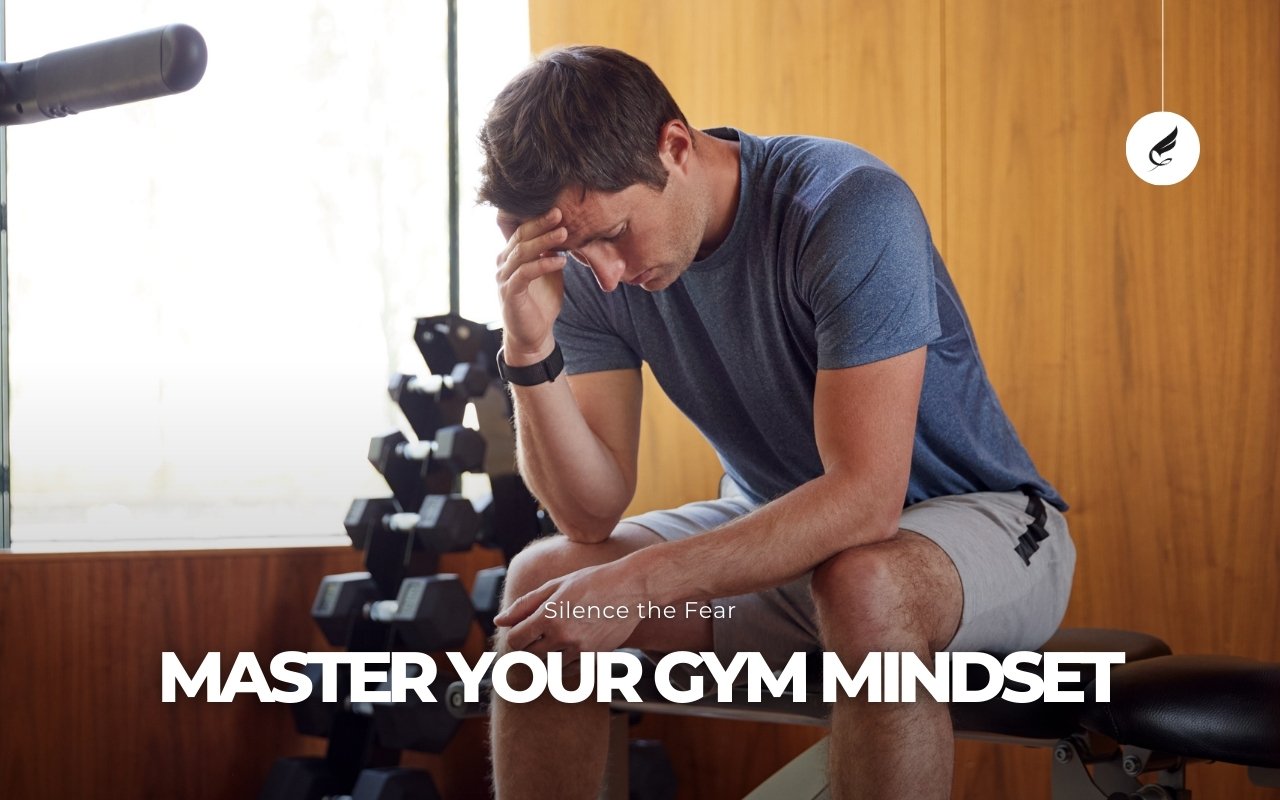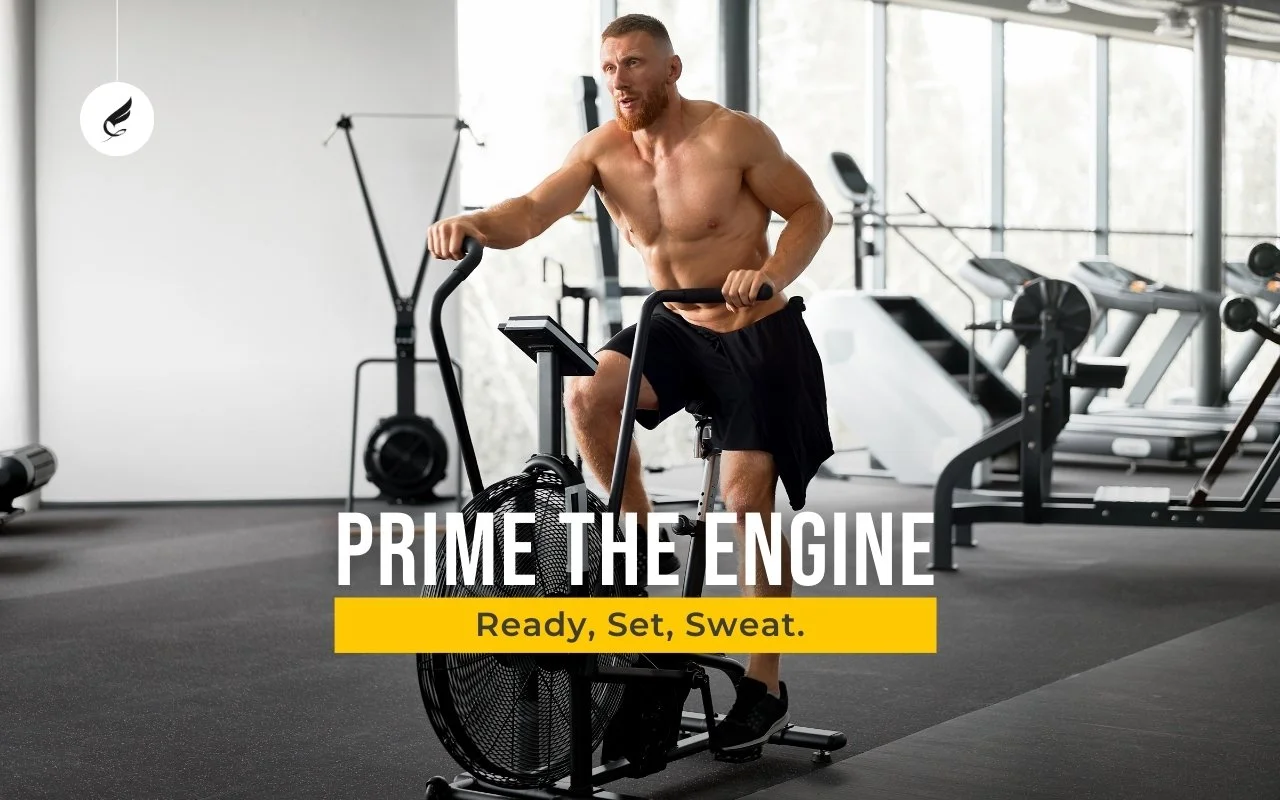Get Fit with Confidence: A Beginner's Guide to Overcoming Gym Anxiety
The decision to start your fitness journey is a powerful one. But for many beginners, there's a huge barrier that has nothing to do with lifting weights: gym anxiety. The feeling of not knowing what to do, worrying that people are watching you, or the fear of looking out of place is real, and it’s the single biggest hurdle for most people going to the gym for the first time alone.
This is not a guide about "perfect" workouts. This is a beginner fitness guide on how to walk into any gym in Dubai with confidence, feel comfortable in your own space, and build a solid foundation for a successful and enjoyable gym journey.
Part 1: The Mindset - How to Overcome Gym Anxiety
Before you even pick up a dumbbell, let's address the mental side of starting out. Understanding gym anxiety is the first step to conquering it.
Realize Nobody is Watching You: This is the most important of all gym anxiety tips. It might feel like every person in the gym environment—from the seasoned gym goers to the staff—is watching you. The reality is that most people are focused on their own workouts, their own music, and their own progress. They are far too busy to worry about what you're doing.
Have a Plan (Even a Simple One): The biggest source of anxiety is uncertainty. Walking into a gym without a plan can feel overwhelming. Before you go, have a simple list of 3-4 exercises you want to try. This guide will give you that plan below.
Go During Off-Peak Hours: If you can, your first few gym visits should be during quieter times, like mid-mornings or early afternoons. This allows you to get familiar with the gym equipment at your own pace without the sensory overload of a packed gym.
Wear Something Comfortable: You don't need the trendiest gear. Wear clothes that make you feel comfortable and confident, allowing you to move freely without feeling self-conscious.
Embrace the Power of Music: Wearing headphones is like putting up a "do not disturb" sign. It helps you focus on your own session and signals to others that you're in the zone.
For a quick, scannable list of more practical advice from our Head Coach, be sure to read our 10 Gym Tips for Beginners.
Part 2: The Foundation - Your First Day Protocol
A solid foundation prevents injuries and builds confidence. Don't skip these steps.
1. The Warm-Up (5-10 Minutes) Never start a workout cold. The goal of a warm-up is to increase blood flow to your muscles and gently prepare your body for exercise. A good warm-up can also help ease muscle tension caused by feeling anxious.
Start on Cardio Machines: The cardio section (treadmills, stationary bikes) is often the least intimidating. A 10-minute walk on the treadmill is a great way to acclimate to the gym environment.
2. Free Weights vs. Machines: What's Best for a Beginner?
Machines: These are fantastic for beginners. The machine guides your movement, which helps you learn the proper form safely and isolate the target muscle.
Free Weights (Dumbbells, Barbells): These are more advanced as they require you to stabilize your own body. Start with lighter weights or even just your body weight to master the proper technique before trying to lift heavier weights.
Part 3: The Workout - Key Exercises for a Full-Body Routine
This is a simple, effective beginner workout routine for the gym. Focus on your form, not on how much weight you're lifting.
Leg Presses (For Legs): A safe and effective way to build lower body strength.
Chest Press Machine (For Chest, Shoulders, Triceps): This mimics a push up and is great for building upper body pushing strength.
Lat Pulldown Machine (For Back and Biceps): This builds a strong back and is the perfect precursor to doing pull-ups.
Plank (For Core): Hold for 30-60 seconds. This is one of the best exercises for building core stability.
Pro-Tip for Women: Many female beginners worry about getting "bulky." It's important to know that due to hormonal differences, it is biologically very difficult for women to build large, bulky muscles by accident. Strength training will help you build a lean, toned, and strong physique, not a bulky one. For a complete program designed to help you build a strong, confident physique, check out our popular Beach Body Training Guide.
Part 4: The Cool Down (5 Minutes)
After your workout, take five minutes to do some static stretching, holding each stretch for 20-30 seconds. This can help improve flexibility and reduce muscle soreness.
Conclusion: Your Journey Starts Now
Overcoming gym anxiety and starting your fitness journey is about building confidence one step at a time. Celebrate small wins, focus on your own journey, and remember that every single person in the gym was a beginner once. This guide has given you the foundational knowledge to feel comfortable and prepared.
Now that you know what to do on your first day, you're ready for a structured plan. For a complete, week-by-week program, read our new pillar page: The Absolute Beginner's Guide to the Gym: Your First 4 Weeks. - Sanaa we need to pls add the link here (this blog has not been published yet and it is next one in surfer).
Ready for Some Expert Guidance?
Starting your fitness journey is a big step, and you don't have to do it alone. A plan built just for you is the fastest way to build real confidence. Book a free, no-obligation chat with a Fortius expert to discuss your goals and get the personalized guidance you need.









